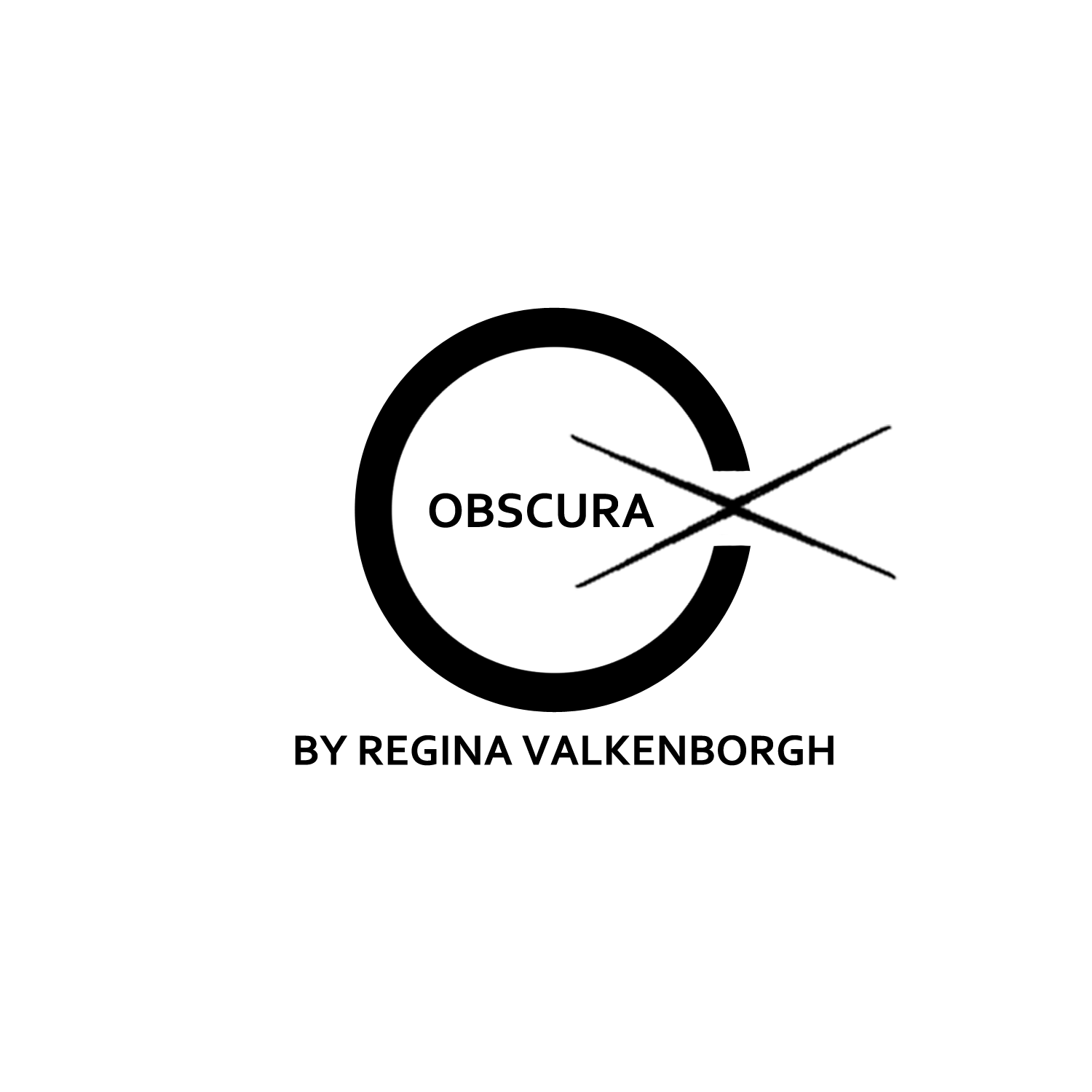Regina's work explores the process of how an image is captured through the use of analogue and cameraless photography. It challenges our fast advancing digital technology by questioning whether there is still a place for old techniques, such as pinhole.
By using sunlight or artificial light as a raw material in order to make images, Regina explores photography in its most rudimentary form, with the recording of luminous rays or the 'drawing with light'. Photography need be not reliant on the camera and the lens.
"The phenomenology of capturing light and time through the photographic process and recovering and printing of the luminous rays emitted by an object", is what drives her creativity as it presents a true trace of the moment.
We have forgotten the basic science of a photograph; it is light itself which is captured and that light alters the chemicals on light sensitive material. Pinhole photography does not have an optical lens; light exposes the paper or film through a tiny 'pinhole'. Unlike an optical lens which manipulates and corrects the image, the pinhole captures the image of everything in front of it, free of aberration. A connection is created between viewer, image and subject as the light touches the subject outside the box and then causes a chemical reaction on the light sensitive material inside the box. It links the viewer in the here and now directly with the moment depicted in the there and then. It is raw photography. It is like placing your foot in the sand and leaving a footprint rather than drawing one on paper. The footprint was actually there, it was causal.
